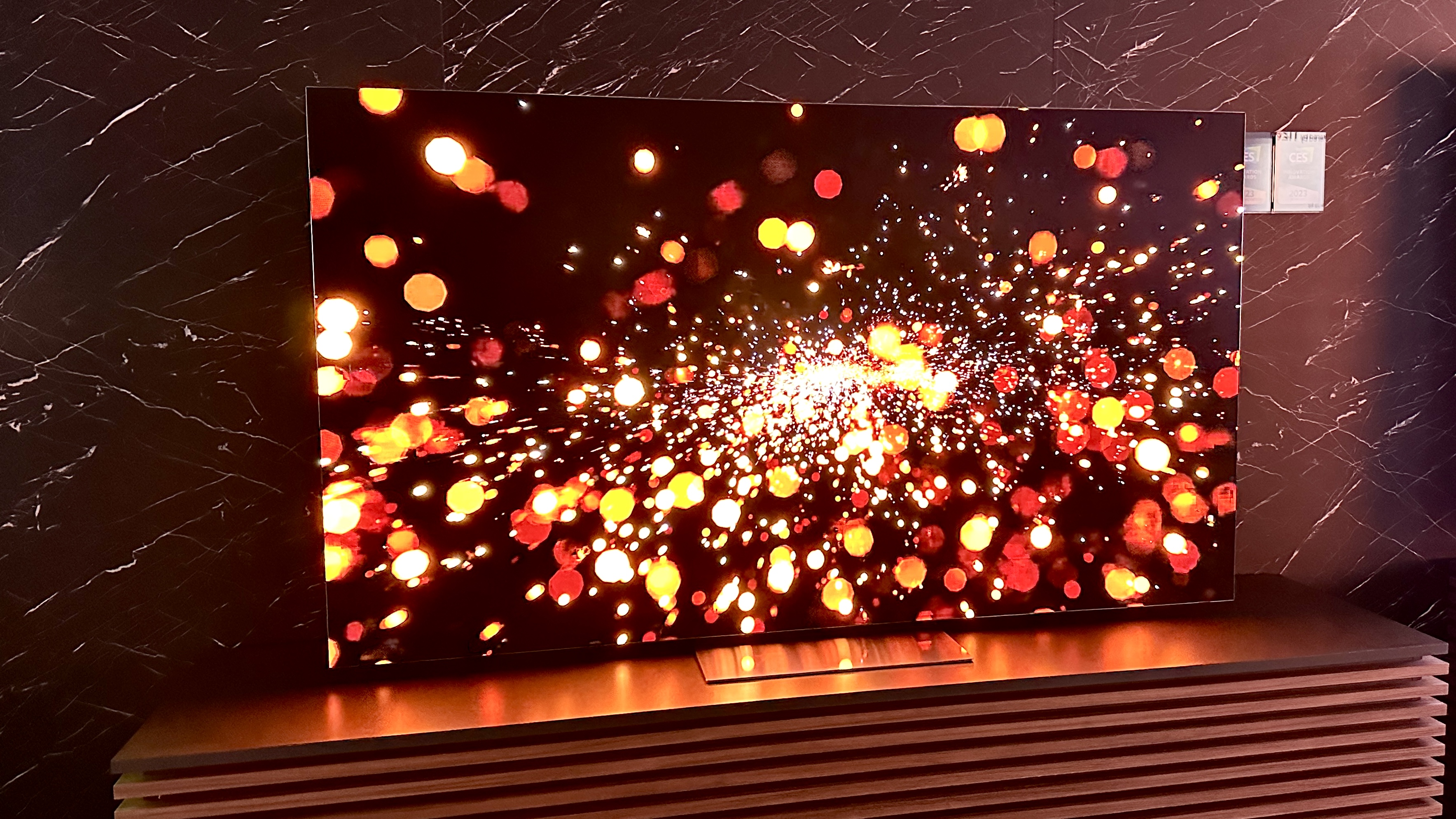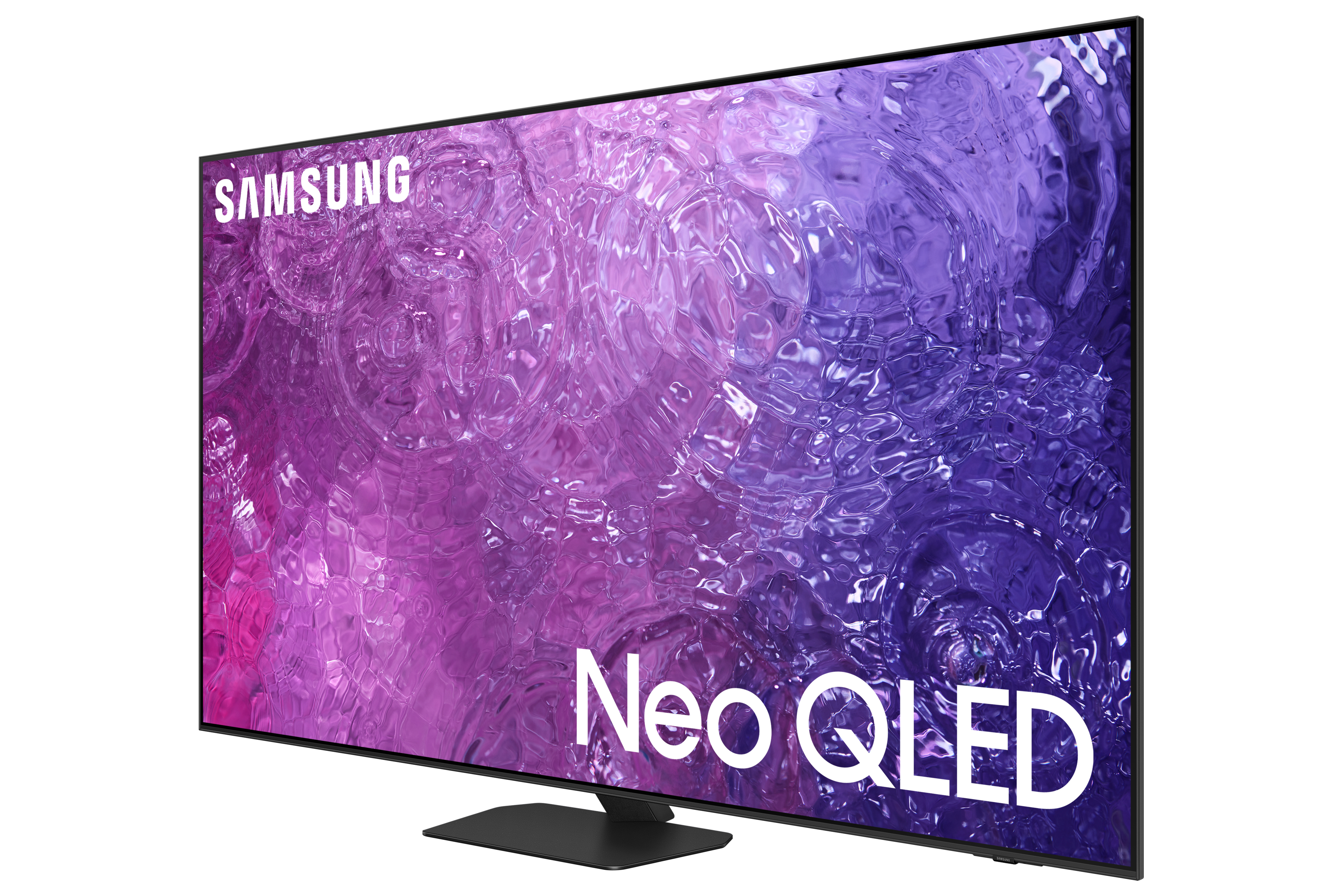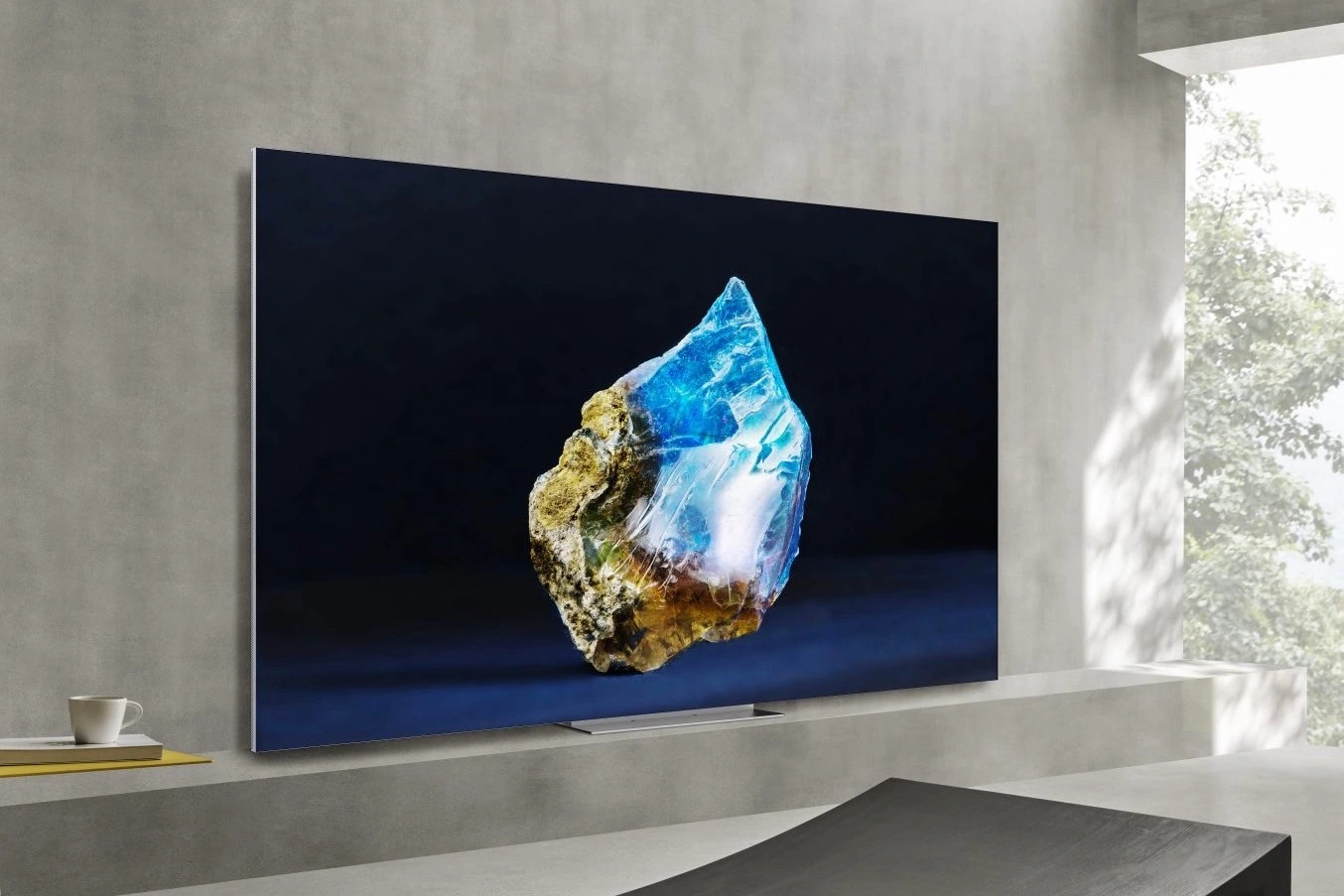Display Tech—What’s Behind the Glass
A primer on the different display technologies spotted at this year’s CES

LAS VEGAS—This year’s edition of CES was vastly different from a quarter-century ago. Back then, televisions were just breaking free from low-resolution cathode-ray tubes (CRTs) as high-definition television was taking its baby steps. A 50-inch high-resolution display in 1998 contained just 1280 x 768 pixels (Wide XGA) and cost as much as a car. Rear-projection televisions were just switching to solid-state light modulators. And liquid-crystal display (LCD) televisions weren’t even available—the largest flat screen TVs all used expensive plasma display panels (PDPs).
Today, all of those technologies (and some of their manufacturers) are distant, fading memories. We’ve had 4K TVs for over a decade, while 8K sets appeared five years ago. LCD technology rules the roost nowadays, and the median TV screen size is about 55 diagonal inches and slowly increasing. Organic light-emitting diode (OLED) displays have supplanted plasma for image quality, but with much lower power consumption.
But there are other contenders: Mini and microLEDs, quantum dots and QD-OLEDs are finding their way into televisions and computer monitors. What are the differences between them? Will they replace or obsolete any currently available displays? Read on…
Liquid-Crystal Displays and Enhancements
It didn’t take long for large LCD panels to become the preferred solution for large televisions after their introduction 20 years ago. Those original models have evolved from heavy, bulky designs using fluorescent lamp backlights to modulate thousands of tiny light-shuttering pixels, to sleek housings stuffed with light-emitting diode (LED) backlights. Over time, pixel counts have continued to grow as retail prices drop with increased manufacturing efficiency.
The debut of high-dynamic range (HDR) video forced more design changes. Given the gross inefficiency of LCD imaging panels (only 5% of the backlight illuminance actually makes it to the front of the screen), other solutions were needed to boost brightness levels. One approach was to add a thin layer of quantum dots, tiny metallic particles that absorb blue light from LEDs and re-emit it as higher-intensity red and green light (hence, the quantum energy conversion effect).

Televisions with a “Q” in their model names (like Samsung’s QLED TVs) use quantum dots (QDs) to produce high dynamic range images. These displays are still hamstrung by the light transmission inefficiency of LCDs, but they are now able to pump out luminance levels in the range of 1200 to 1500 candelas per square meter (cd/m2). TCL also manufactures LCD TVs with quantum dot enhancement layers. LCD TVs equipped with quantum dots are priced at a premium over conventional LCD models.
There’s another way to achieve HDR imaging by packing more “mini” LEDs into a smaller area and change their light levels in step with luminance levels in video content, a process known as local area dimming. Sony and Hisense (ULEDs) use this approach instead of QDs. The challenge is to minimize LED light from bleeding into adjacent pixels, creating what looks like a halo effect around bright text and objects.
The professional video industry's #1 source for news, trends and product and tech information. Sign up below.
Fixing that problem requires some additional structural changes to each pixel as well as specialized light modulation techniques. But there’s another problem looming—TVs using large matrices of miniLEDs for local area dimming consume lots of power, and pending European Union regulations on energy conservation may keep these models from ever coming to market.
Organic Light-Emitting Diode Displays
OLEDs have been in development for decades, yet it seemed like they could never get over the finish line. Tricky to manufacture, they were susceptible to moisture and differential aging of colors. And you couldn’t drive them too hard, as they’d burn out quickly.
OLEDs emit different colors of light when a low voltage is applied across a junction of organic compounds. Those colors are saturated and bright, and OLED displays exhibit high contrast, deep blacks, and wide viewing angles. Unlike LCD panels, OLEDs are very thin and can bend and warp. These latter properties have made it possible to offer foldable smartphones and tablets, not to mention digital signs that can be wrapped around poles, buildings, cars, and other objects.

There are two types of OLED displays in wide use today. For televisions, white OLED panels with color filters (WOLEDs) dominate the market. (The white color in RGBW displays is generated by a compound of blue and yellow organic chemicals.) LG Display is the source of all WOLED panels used in OLED TVs, no matter whose brand you see on the bezel. The underlying technology uses an RGBW pixel stripe to produce high levels of luminance (up to 1000 cd/m2 with a 10% full white window). WOLED televisions are available in sizes from 42 inches to 97 inches.
The second type of OLED display, used in smaller products such as smartphones, has discrete red, green, and blue emitters (RGB stripe). Several companies manufacture RGB OLEDs, among them Japan OLED, Samsung Display, and Chinese manufacturers AUO and BOE. While RGB OLEDs can achieve similar peak luminance levels as WOLEDs, the largest RGB OLED display currently available is a 32-inch desktop monitor.
The challenge for both RGBW and RGB OLEDs is the time to half-brightness of the blue organic materials. (A similar problem affected blue phosphors in color TV picture tubes and plasma displays.) Some clever solutions have been devised to overcome this problem, such as using multiple blue emitters with each running at reduced brightness. One way to get more luminance out of an OLED display is to employ microlens arrays on each pixel, collimating the light and directing more of it to the screen. This technique is currently implemented by LG on its latest series of Evo OLED televisions.
QD-OLED Hybrids
A new, clever hybrid display technology combines a stack of blue OLED emitters with red and green quantum dots. This QD-OLED hybrid was launched by Samsung Display last year at CES in 55-inch and 65-inch screen sizes and was joined by a 77-inch television at this year’s show (Samsung and Sony both sell QD-OLED models). QD-OLED TVs command higher prices than conventional LCD TVs and are priced on par with quantum dot-equipped sets and WOLED TVs.
The big advantage of the QD-OLED is the simplicity of imaging layers—four in all—in the display panel. As an emissive display, it too exhibits excellent contrast performance, deep black levels, high color saturation, and a wide viewing angle. The blue OLED emitter is actually a stack of smaller blue OLEDs, each running at reduced power to extend their useful life. The rest of the horsepower comes from the quantum dots, with Samsung Display claiming a maximum luminance of 2,000 cd/m2 for 2023 models. Think of the QD-OLED as a turbocharged WOLED or RGB OLED!
MicroLED Displays
Display manufacturers are now prototyping televisions made up solely of tiny red, green, and blue LED emitters. These “micro” LED displays can also be used across a wide range of display products from smart watches and phones to tablets, computer monitors, and in transportation applications. To make this happen requires high manufacturing yields of microLED chips at a reasonable cost, which has so far proven to be a difficult task.
The advantages of microLED displays are in simplicity and image quality. Instead of the multiple light-absorbing layers of polarizers, backlights, and color filters in an LCD display, there’s just an array of LED emitters and transistors to switch them on and off. Since microLEDs are emissive displays, there are no issues with black levels and contrast flattening when viewed at wide angles. And they’re plenty bright at 1500 cd/m2, although they can easily hit peak levels exceeding 2000 cd/m2.

Although multiple companies are researching and developing microLED displays, only Samsung is currently offering models for consumers. At CES, they unveiled a 76-inch Ultra HD model to complement earlier 89-inch, 101-inch, and 110-inch offerings. The main selling point of the 76-inch Micro LED CX is that it can be installed by the end user. However, given the steep price point of the previously-introduced 89-inch model (about $80,000), it’s going to be a high-end, ultra-premium television for now.
Even so, many display analysts predict microLED displays will likely replace all other display technologies by the end of this decade—if manufacturing costs can be lowered and high yields achieved. And the odds are that it will happen. Recall that the first plasma televisions came with five-figure price tags, but by 2010 cost well under $1K. And the first 4K monitors (not TVs) sold in North America in 2012 were priced over $20,000! Today, you can buy a 65-inch “smart” Ultra HDTV for as little as $400 on sale.
Looking Ahead
Given the popularity of WOLED TVs, you’ll see more companies like Toshiba and Sharp offering them in 2023. LCD TVs will continue to be the cheapest TV offering, while QD-equipped models are slowly coming down in price to keep pace with OLEDs.
As for microLED TVs—well, if you have eighty grand just lying around…
Pete Putman, CTS, KT2B, is the president of ROAM Consulting.

